The 1950s was the final decade with fairly prescribed clothing. Once 1960 hit things got a lot less complicated as far as women’s clothing was concerned, and it got there quickly. But looking back, fashion really held onto things during that decade. 1950s accessories were expected, were vast in their variety, and required for completing homemakers daily garb to a night on the town. Are you looking forward to creating a 1950s look of your own this year? First, check out our new styles, and then, match them with one of these 1950s accessories.
Gloves
The 1950s is really the last time that we see gloves as a required part of a woman’s outfit. A woman’s wardrobe would have two different types of gloves: short gloves to wear in public during the day and long gloves for evening events.
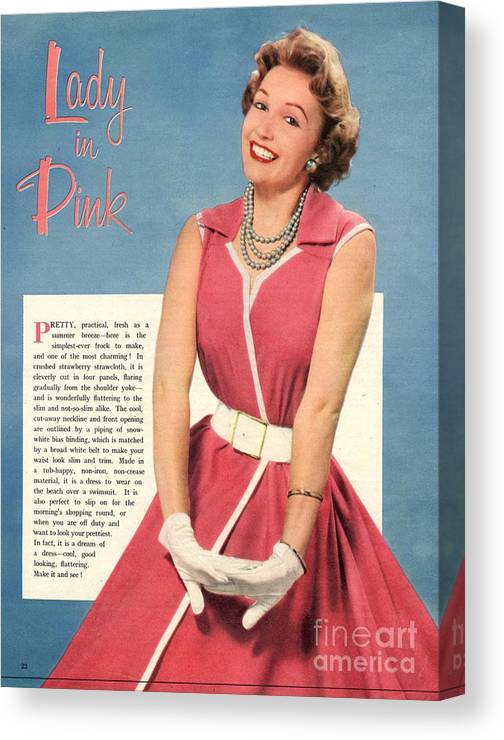
Day gloves would have typically been made of various types of leather or wool for winter. Mittens also became temporarily popular (don’t ask me how).
And for evening events, long, white gloves were very stylish, though despite what pop culture may tell us, they were worn in many colors. And if you thought that glove etiquette was something only important in the 1800s, think again! I came across this brochure on glove etiquette from the 1950s on the great website Retrowaste while researching for this post.
Swim caps
Swim caps were a trendy accessory in the 1950s and not to be overlooked!
A woman’s hairstyle took a lot of effort in the 1950s and many involved a lot of curls. Getting it wet during the day or soaking it in chlorine could ruin it. As you can see from the charming advertisement below, stylish caps were marketed for this purpose, along with appealing to the ever-growing trend of female independence with the mention of upcoming dates.
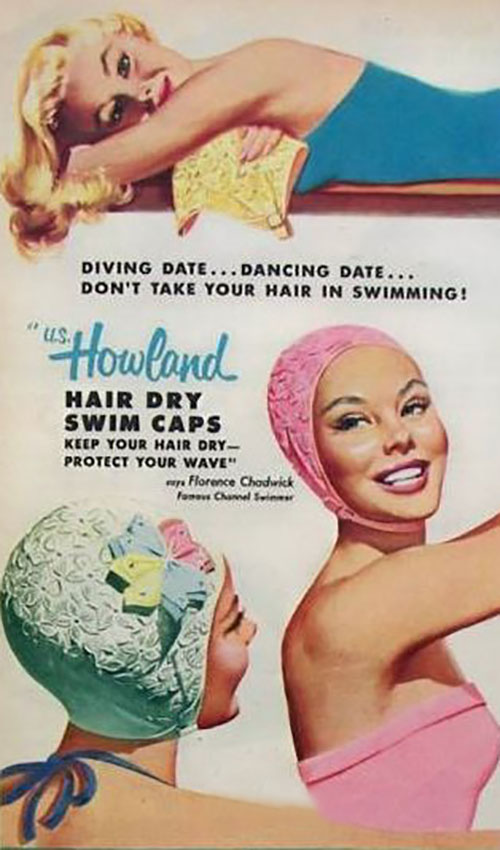
But the 1950s swim caps were far from utilitarian. They were adorned with jewels, textures, ties, appliques, ruffles, and more. To see a range of elaborate styles check out this blog post by Sea Museum: Five Stylish Swim Caps.
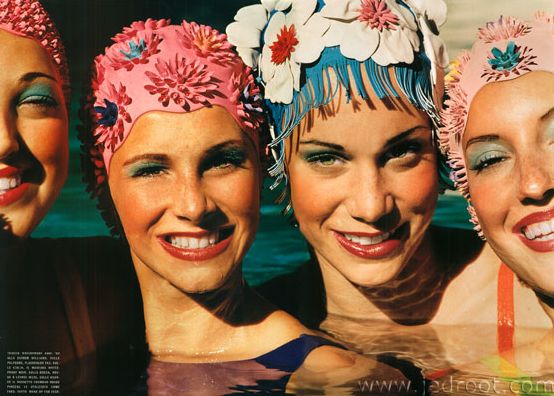
Belts
Many middle or upper-class women would have worn a belt every single day in the 1950s. And that includes homemakers. Remember the housedress from the post I wrote a couple of weeks ago? They were meant to be worn with a belt. This was not just for style, but also to achieve the sought-after hourglass figure that was so popular during the decade.
“Most dresses were sold with matching or complementary color belts with squared buckles made of self-fabric. They could be made of stiff fabric, leather, or shiny plastics. The size of the buckle matched that of the dress details. Simple dresses and suits had thin belts while fancier or trimmed dresses had slightly bigger belts. In the mid 50s the squared belt buckle was rounded out around corners for a more feminine look.
House dresses and informal summer dresses had the most comfortable belt, which was a matching strip of fabric tied around to the front in a bow. It was the least restrictive and most flexible of the belt style and remained common throughout the decade. Some party dresses as had this style of a belt, but the fabric was more rope like and simply ornamental, not waist cinching.”
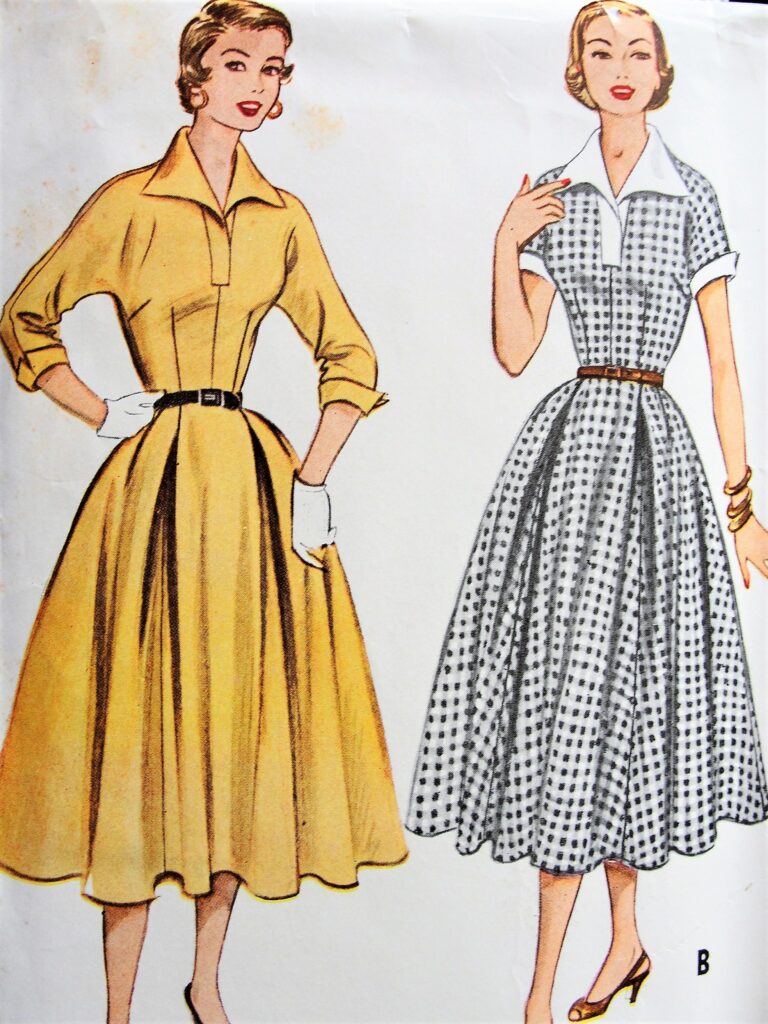
Sunglasses
The 1950s was a great decade for sunglasses! Cat eye-inspired styles ruled the day, a trend that persists to current times.
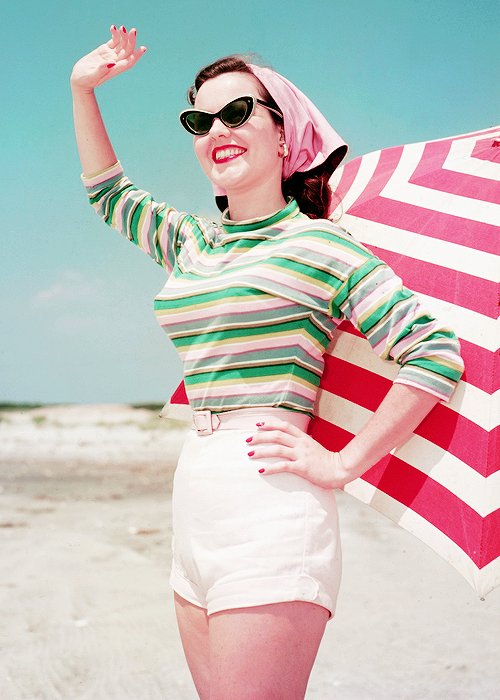
Handbags
The handbag was another must-have when leaving the house in the 1950s. And when I say “hand” bag, I really do mean it! I could never function for very long with bags this small!
While we begin to see the emergence of the handbag as a status symbol in the 1930s, this concept really takes off in the 1950s. In fact, the now-famous Chanel 2.55 was debuted in 1955.
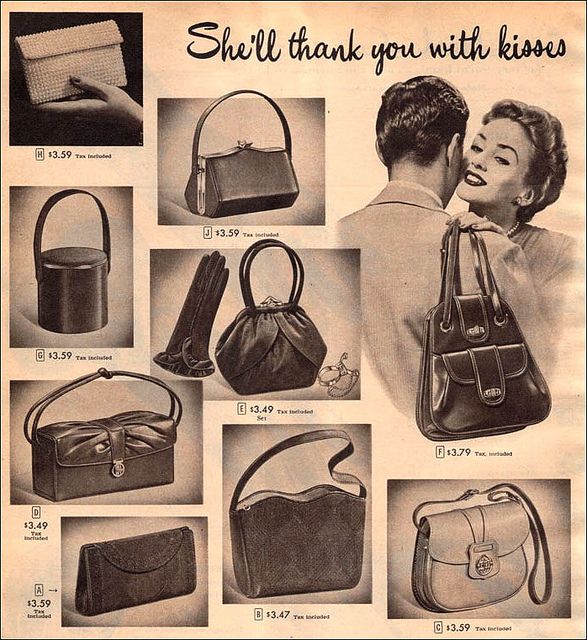
But beyond the label, it was simply expected that the bag would be a thought-out aspect of a woman’s outfit. Similar to the way that belts were coordinated with a dress, it was also coordinated with the handbag and vice versa. Matching the handbag with the shoes was an absolute requirement.
The size for a daytime handbag was fairly small, almost always with a strap to hold in one’s hands or sit at the elbow. Once the sun went down the clutch ruled. Popular materials included faux leather, colored leather, crocodile skin, cotton, plastics, and even wicker.
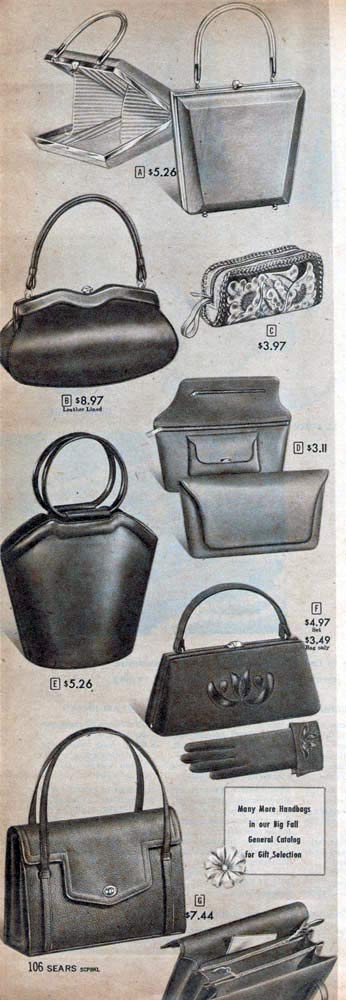
Hats
The 1950s were also the last year we see the daytime hat being widely worn by American women. Most “well-dressed” women would have worn one when leaving the house or spending time in the city, especially in the early part of the decade. Many styles trended including the pillbox, the mushroom hat, caps, and designer sunhats.
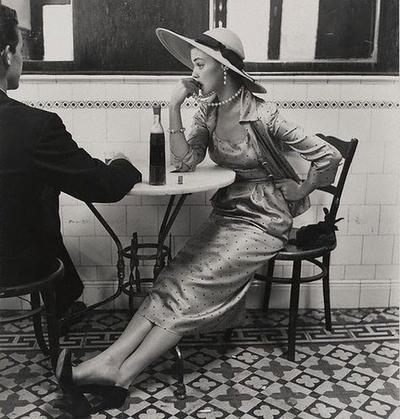
A woman would have often worn a coat, cardigan, or jacket when traveling and the hat was meant to match. Hats were not worn for evening events.
Stud earrings and pearl necklaces
How many homemakers do you know who put on pearl earrings and necklaces each morning? Well, if this was the 1950s you’d probably know several. Having a simple set on was considered quite an everyday way to complete an outfit, often along with a simple bracelet as well. Besides pearls, stud earrings of various complexity were popular. And consider this: wearing clip-ons was the most typical way to sport earrings until the 1960s.
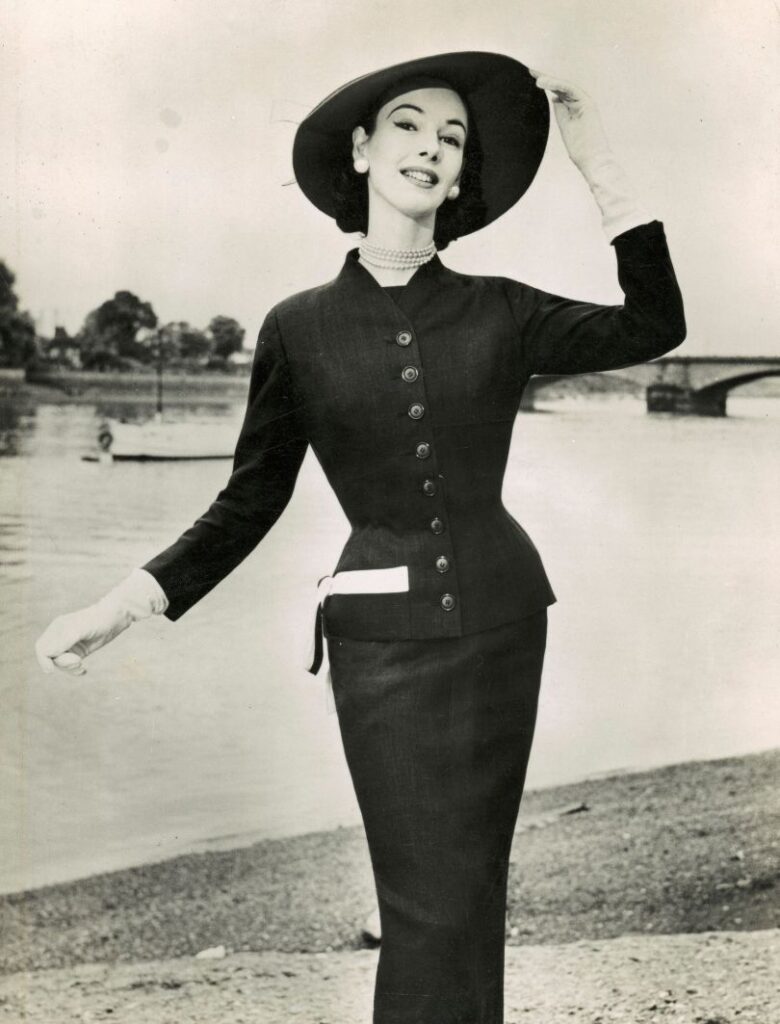
The same jewelry styles were also seen for evening events, though of course with some more elaborate styles and higher quality materials. Drop earrings are seen for formal events, but semi-formal events, such as the cocktail party explored in my previous post, still would have found women wearing mostly stud earrings and a simple strand of pearls.
And for any vintage jewelry fans out there: the 1950s was when the famous Trifari jewelry line really made their name. While the design house had been around for decades, they got their footing in a new way in the 1950s, including with the popularity of the Jelly Belly and Woodland Fantasies line (if you have any pieces that you no longer want, I can send you my address, hehe).
Cocktail rings
As I mentioned in my post on the ubiquitous 1950s cocktail party, an entire industry was built around supplying products for this popular new suburban pastime. In true 1950s fashion, women’s clothing was right in there with all of the bartending gear a couple could want.
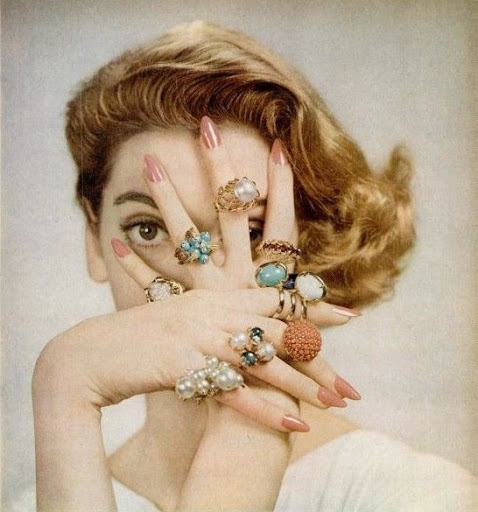
The fine jeweler Luxedo defines a cocktail ring as “The cocktail ring is a very big ring, with simple setting at the beginning that has become richer over the years and according to design evolutions, it has a remarkable weight in carat multifaceted precious gem and, in any way, it won’t never be unnoticed.” According to their website, although this style of ring first came onto the scene in the 1920s with women enjoying time in speakeasies, because of the secrecy surrounding it, they did not emerge as a public trend until the 1950s: “However, due to this obligated secrecy, the cocktail ring became famous and well-known only in the Fifties when, after the end of restrictions, people wanted to serenely set free their desire of entertainment and elegance, so that cocktail parties become common and appreciated.”
Do you have any 1950s cocktail rings in your collection?
Scarves
And of course, scarves. We still see women sporting scarves here and there today, but as with many of these accessories, the 1950s was the last decade when they were the norm. Want a fun fashion rabbit hole? Looking up images of women wearing scarves in the mid-century years will get you headed to the thrift store or any number of online auctions that sell them. Scarves were worn to keep the hair back, to protect the hair, to keep the neck warm, to pair with cat-eye sunglasses, to cover the neck, to warm the neck, and simply to add a bit of flair to an outfit.
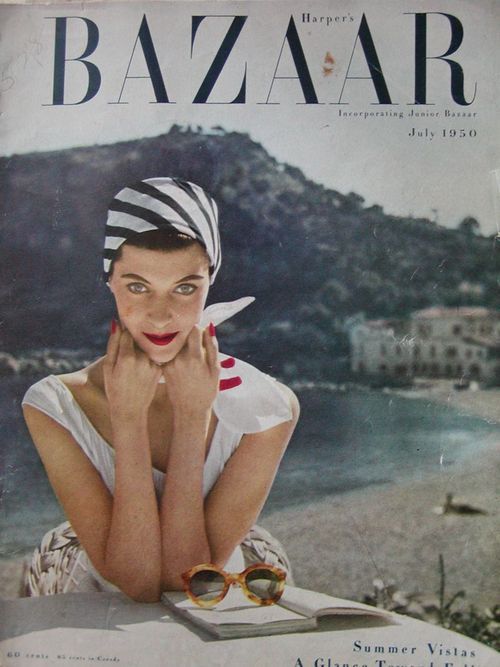
What else would you like to know about 1950s fashion? As always, I’d love to hear from you in the comments.
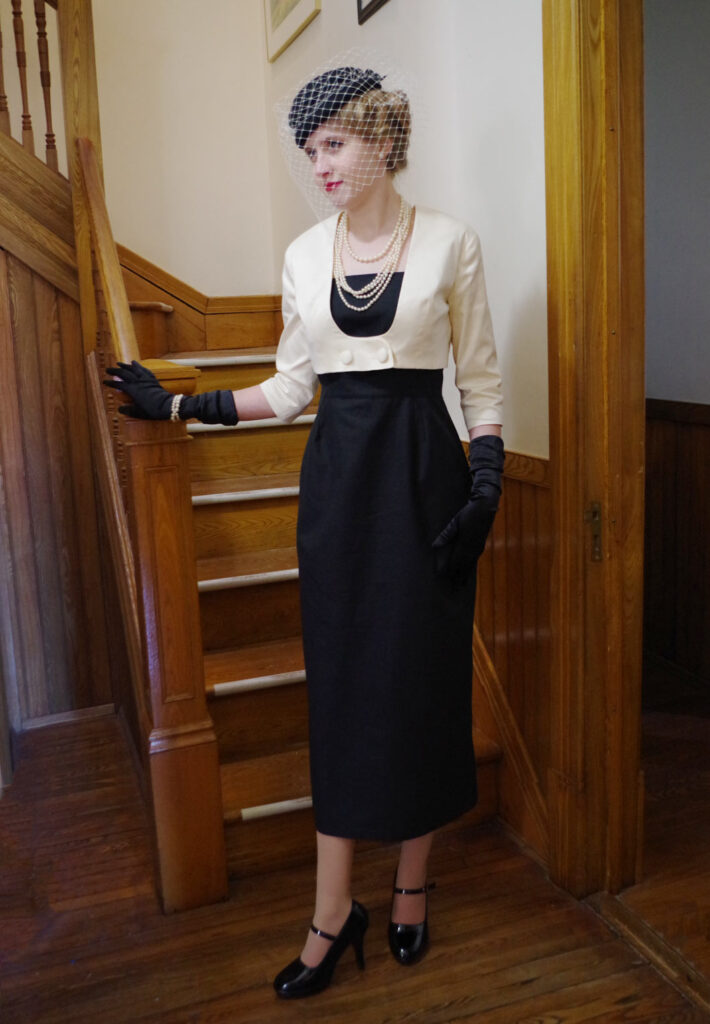

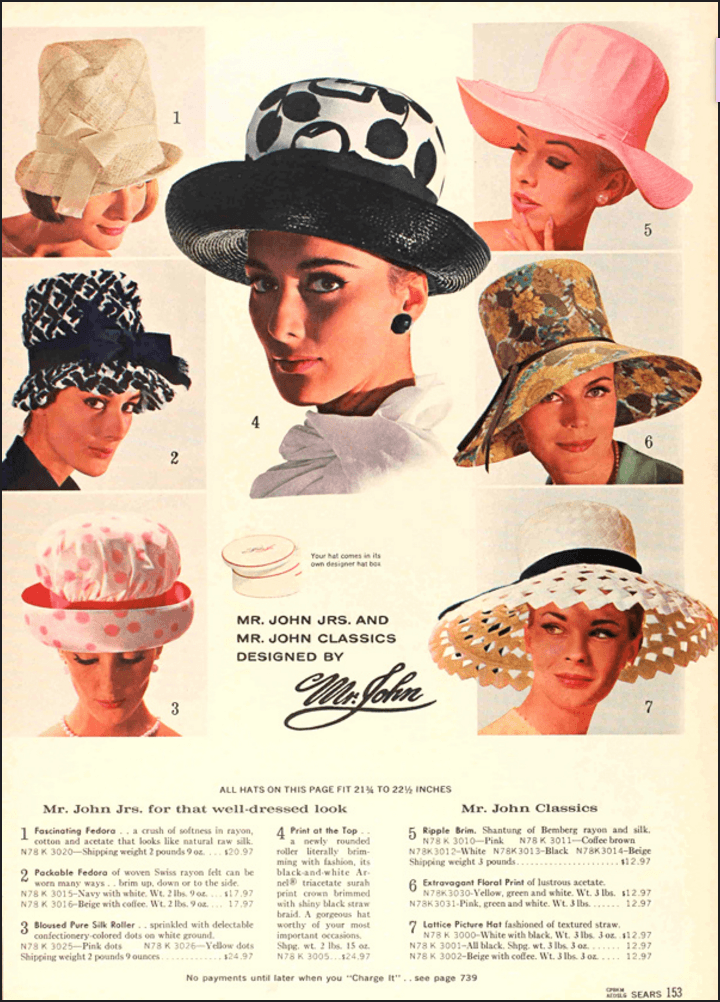



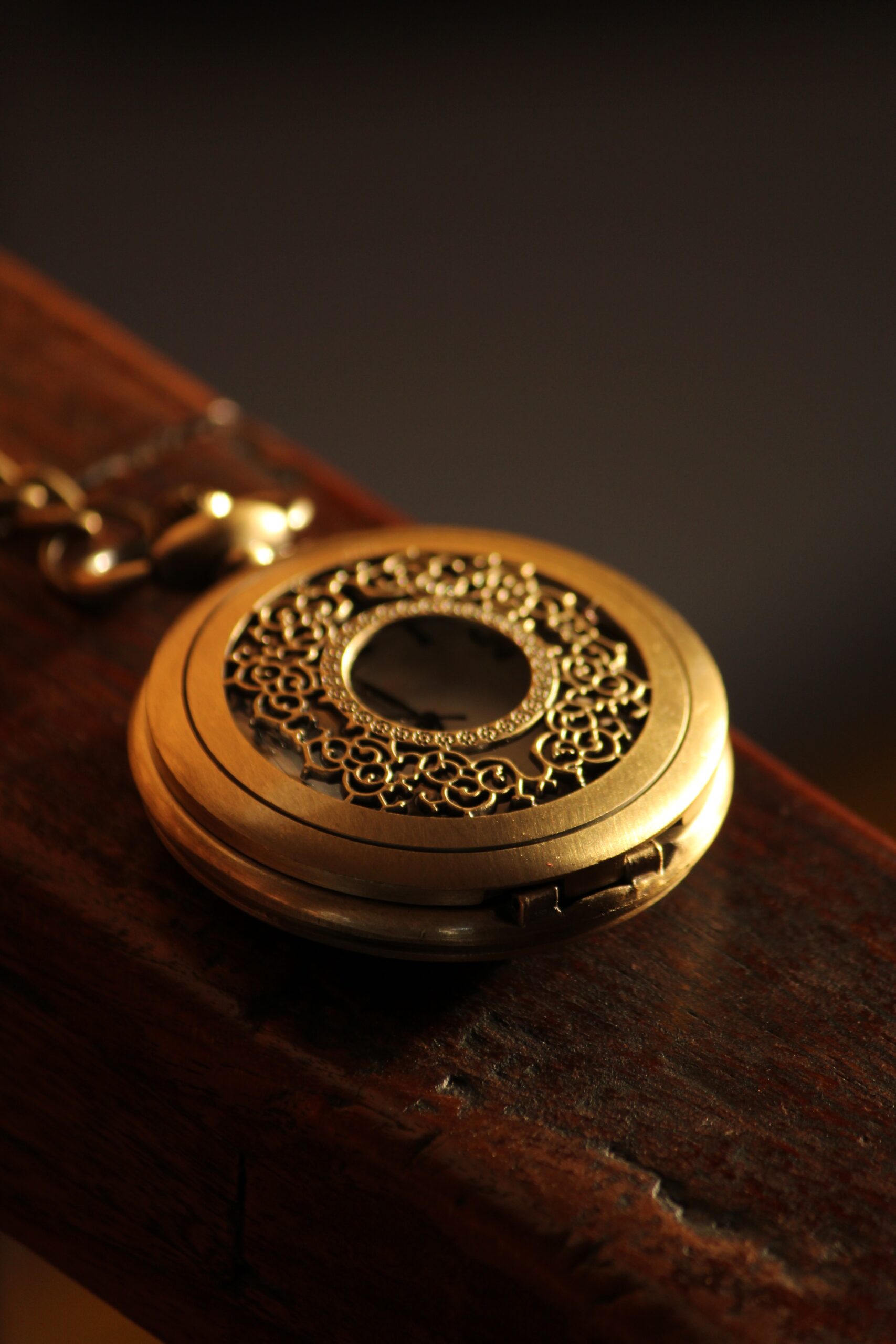
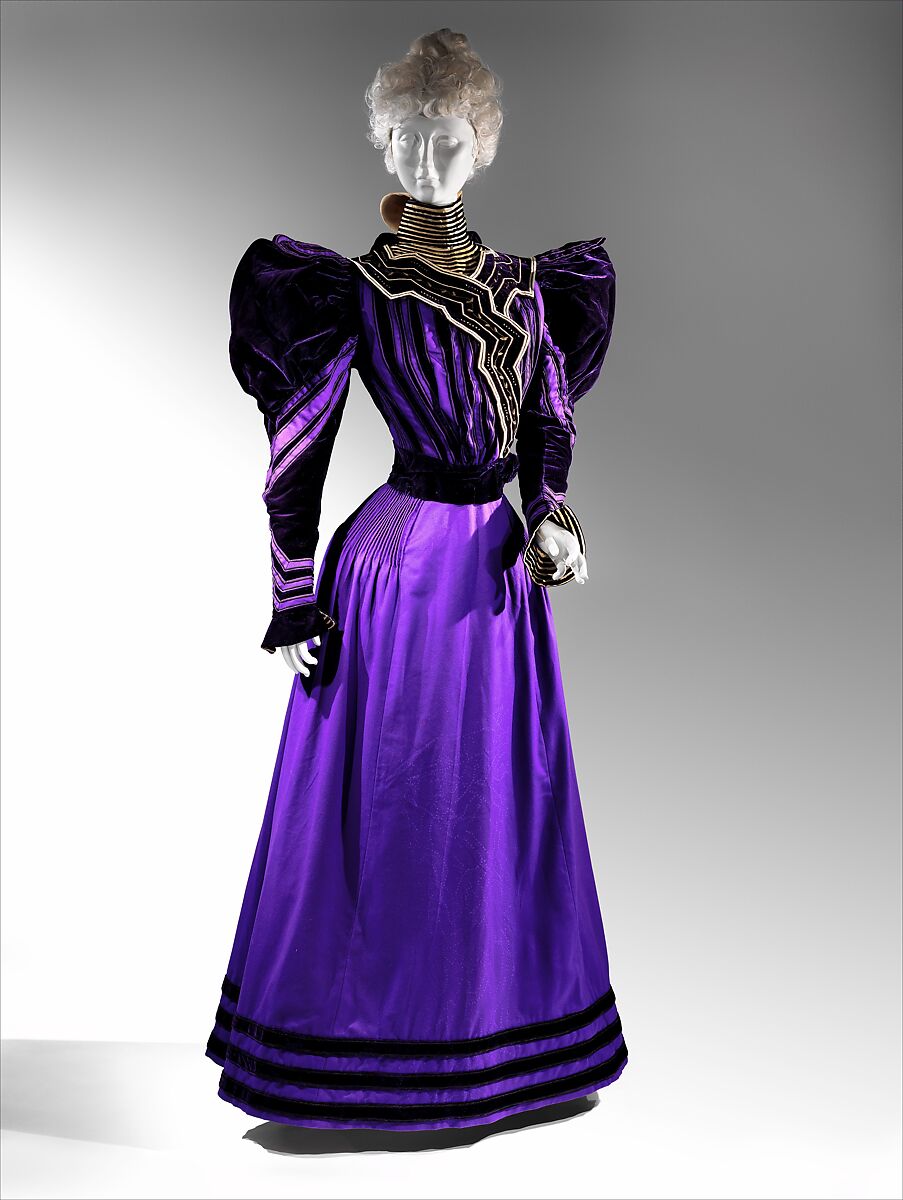

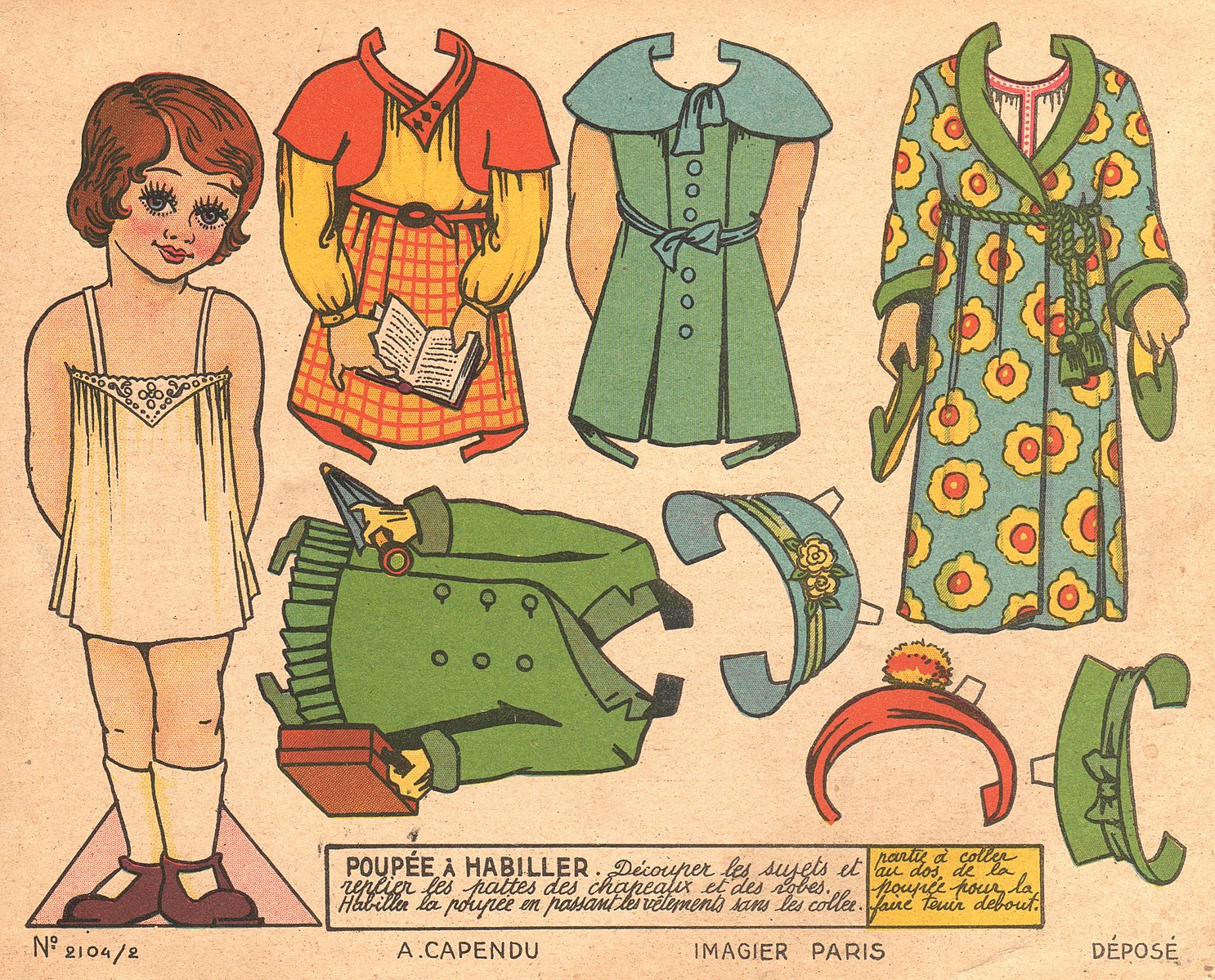
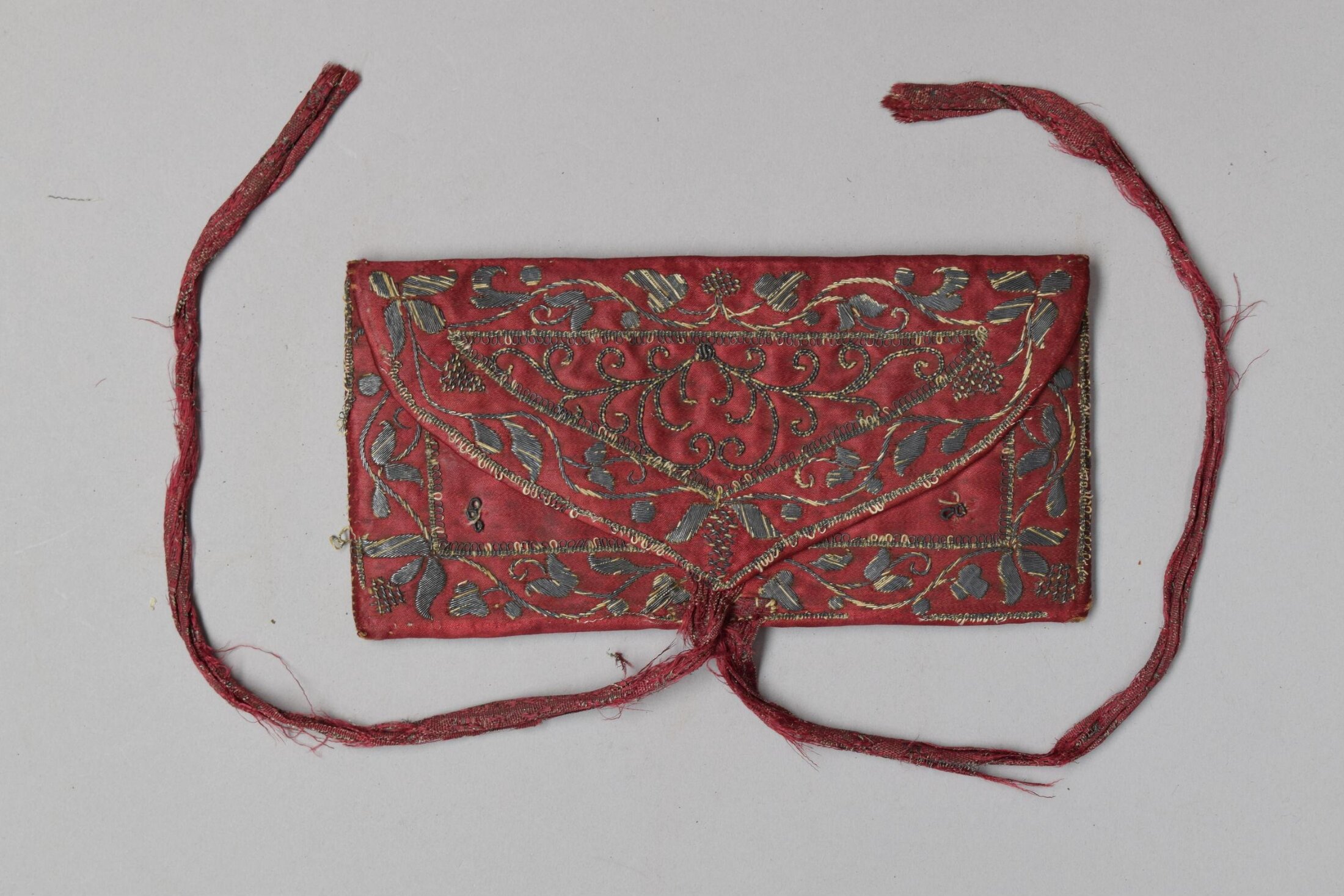
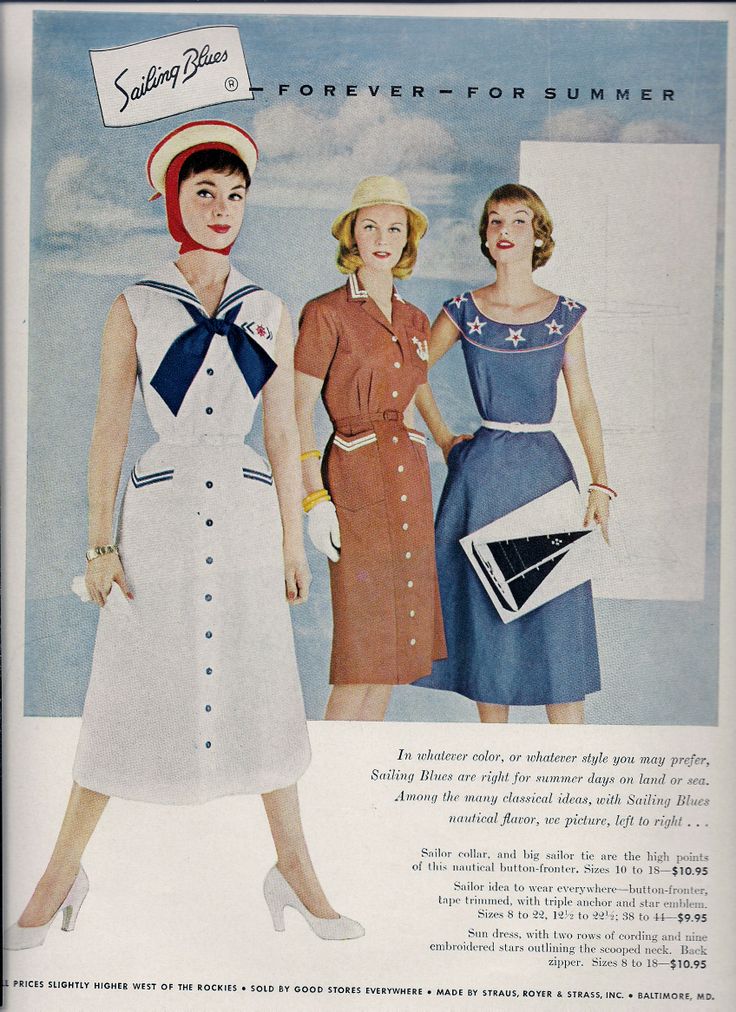
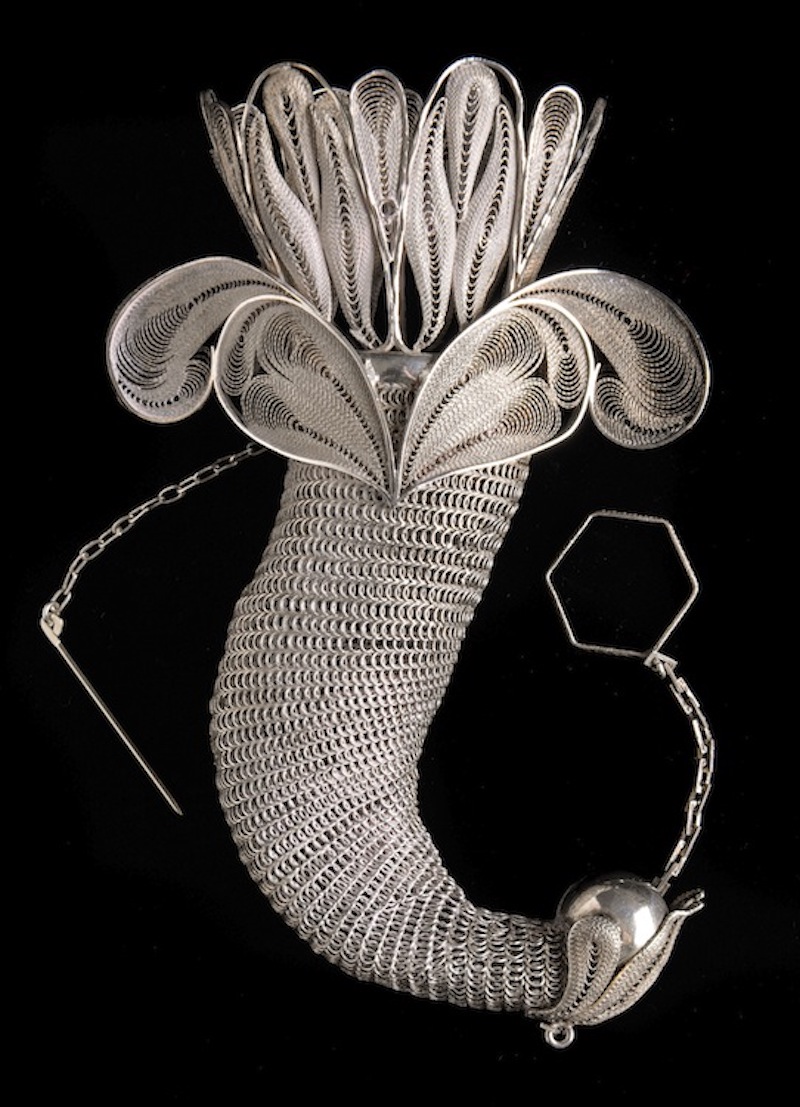
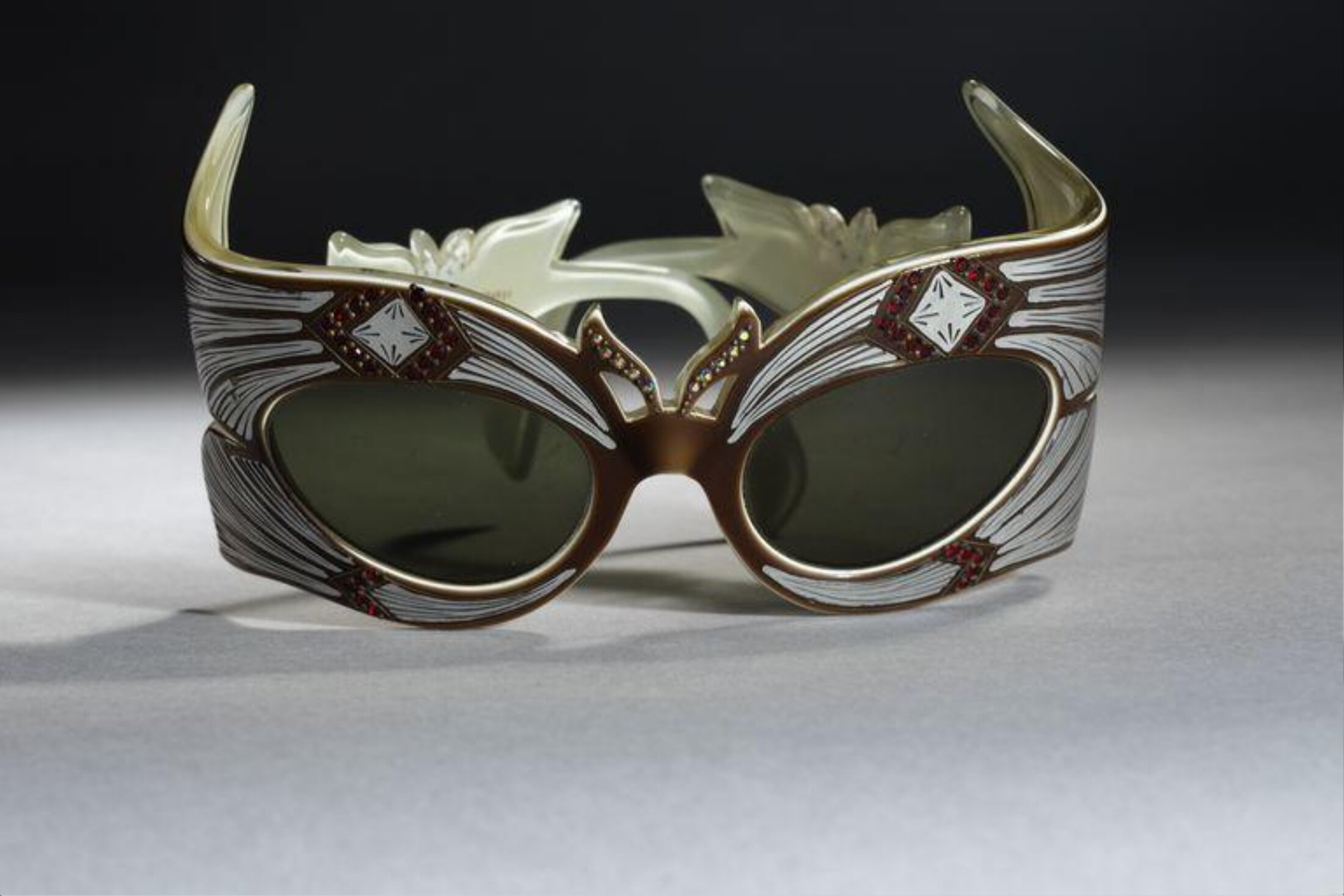
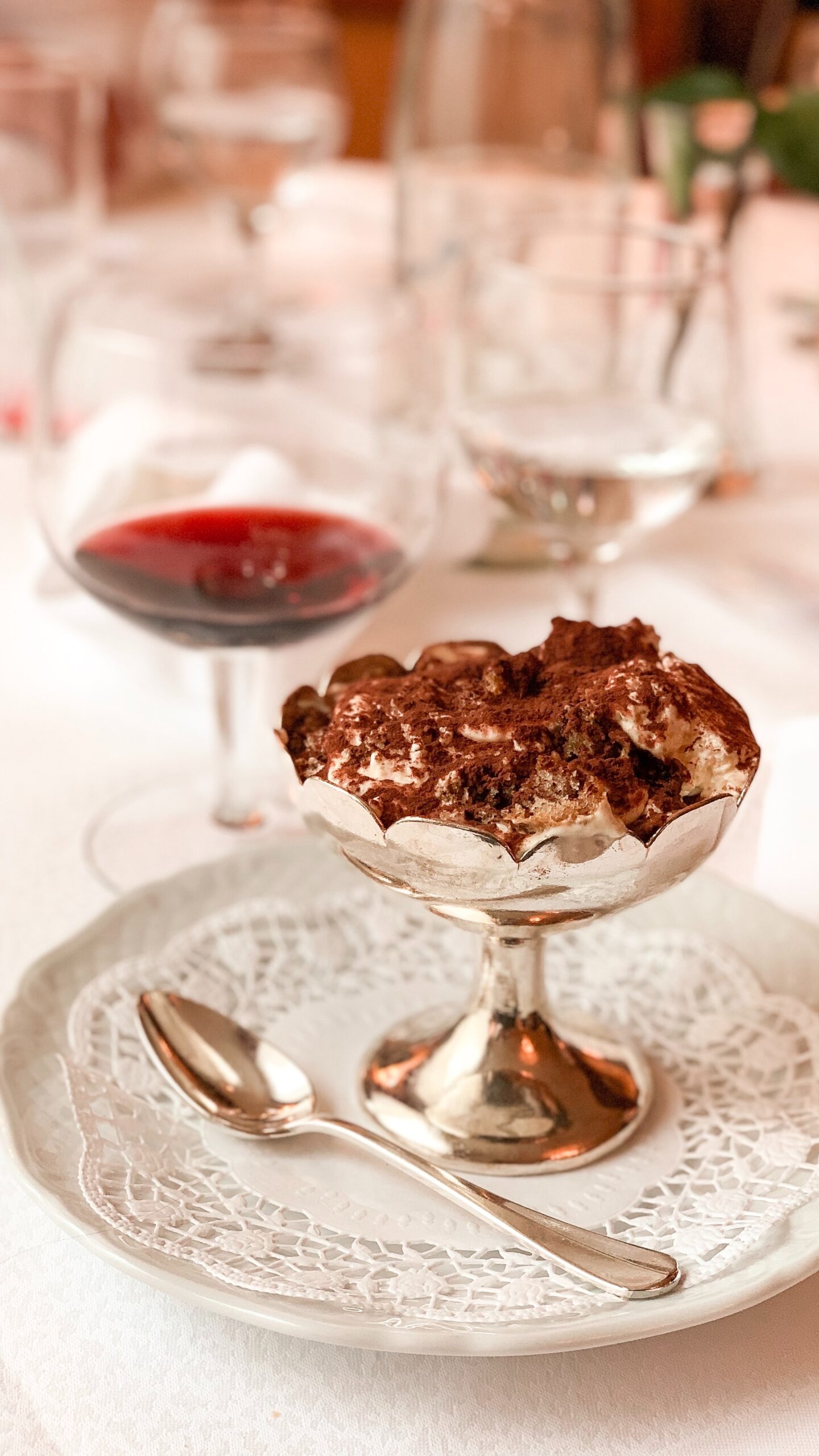
Hee hee! You mentioned cocktail rings. I still have one, not sure if from the 50’s or 60’s, gold setting & big black(onyx?) stone. Remember the 1968 soap “Dark Shadows?” It looks just like the ring the vampire Barnabas wore. Fun!
I so agree! Thank you so much for reading!
!950s were really great for accessories for women. so unique and good looking.